
News: See a Woven Rug? Look Again
Dutch designers Marcia Nolte, Stijn van der Vleuten, and Bob Waardenburg are the masters of illusion behind We Make Carpets. Look, then look again. What you initially see isn't what it appears to be...


Dutch designers Marcia Nolte, Stijn van der Vleuten, and Bob Waardenburg are the masters of illusion behind We Make Carpets. Look, then look again. What you initially see isn't what it appears to be...
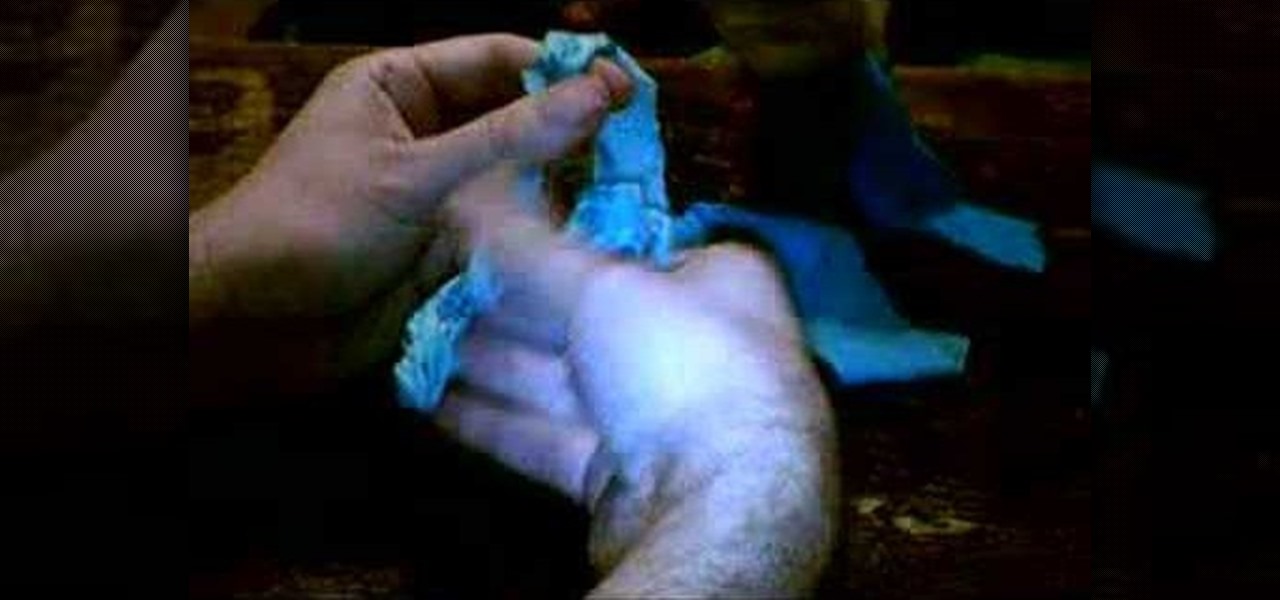
This video weaving tutorial shows how to start a rug using the half hitch knot/stitch. It's the easiest way to start a rug. The start is very strong too, as strong as a braided start, and much stronger than a chain stitch start. Watch this instructional video series and learn how to weave a toothbrush rug starting with a half hitch stitch.
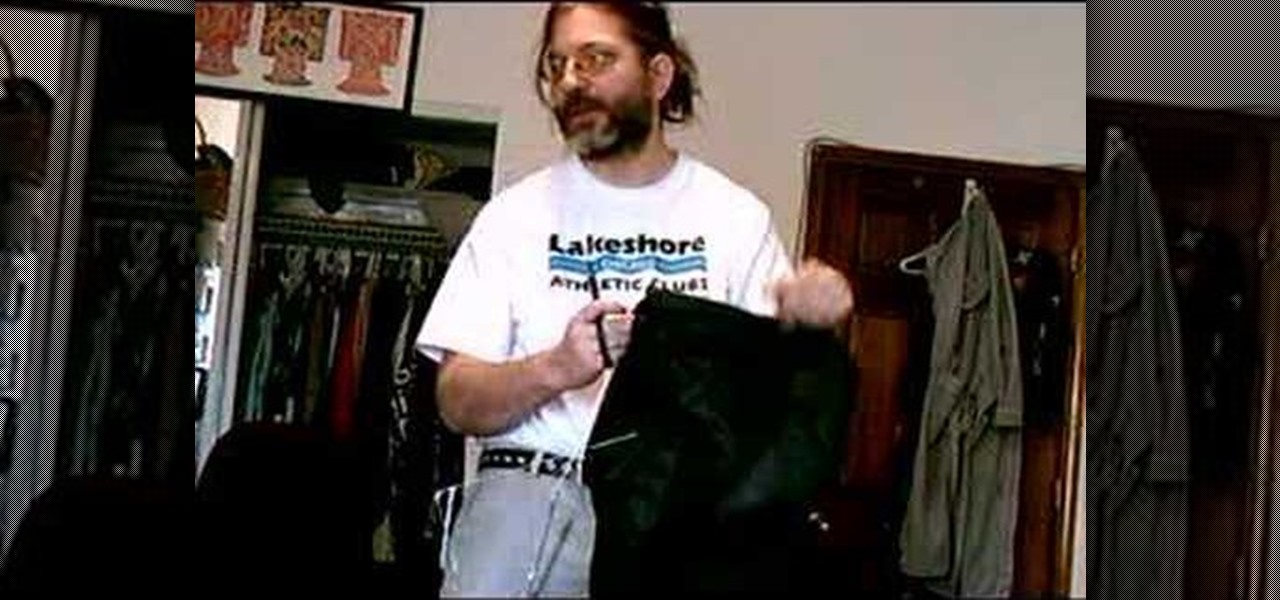
Listig the weaver likes to brag that the toothbrush rag rug weaving craft is the closest there is to making a silk purse from a sow's ear. In this video tutorial series, he takes two umbrellas and uses them to add on to a rug which was started from a discarded shower curtain. Watch these instructional videos and learn how to weave a toothbrush out of a destroyed umbrella.
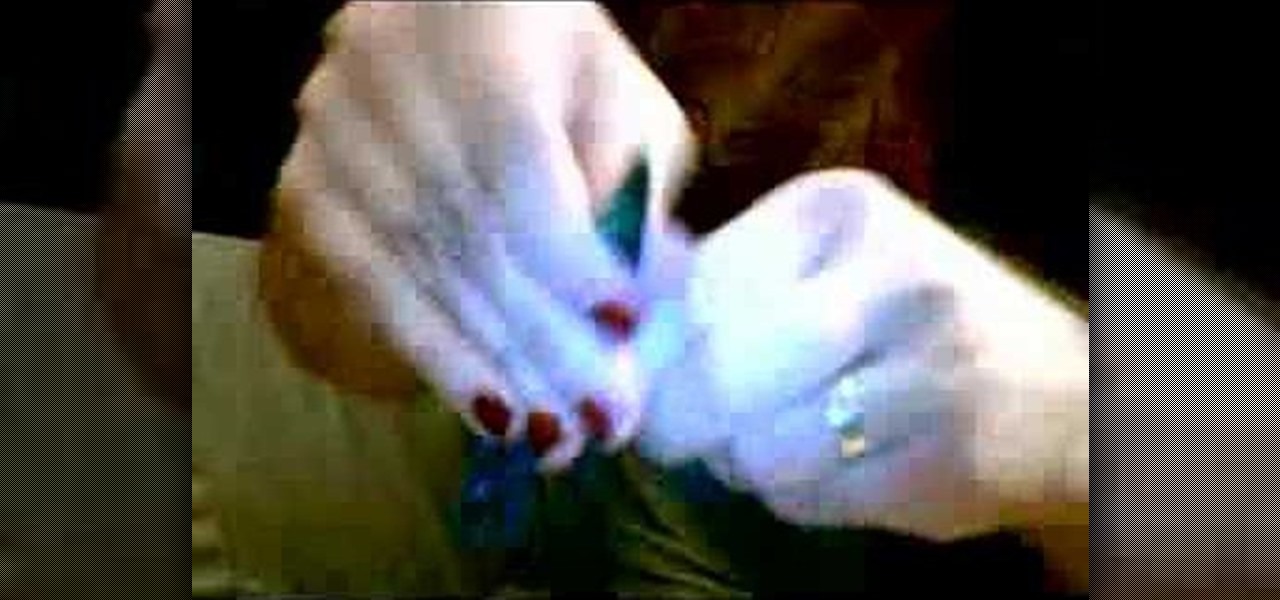
Starting a rug is the hardest thing to do, and beginners are often better served to work on a start made by an experienced rug maker to become comfortable with the stitch. That being said, there's nothing that can't be learned with a little help and practice. Watch this video weaving tutorial and learn how to weave a toothbrush rug starting from a tight braid.

This video weaving tutorial shows how to finish a color band row or solid color row on a toothbrush rug. Demonstrated are the final stitches and tying off the end of the rug. Watch this instructional video and learn how to finish off a solid color row when weaving a toothbrush rug.
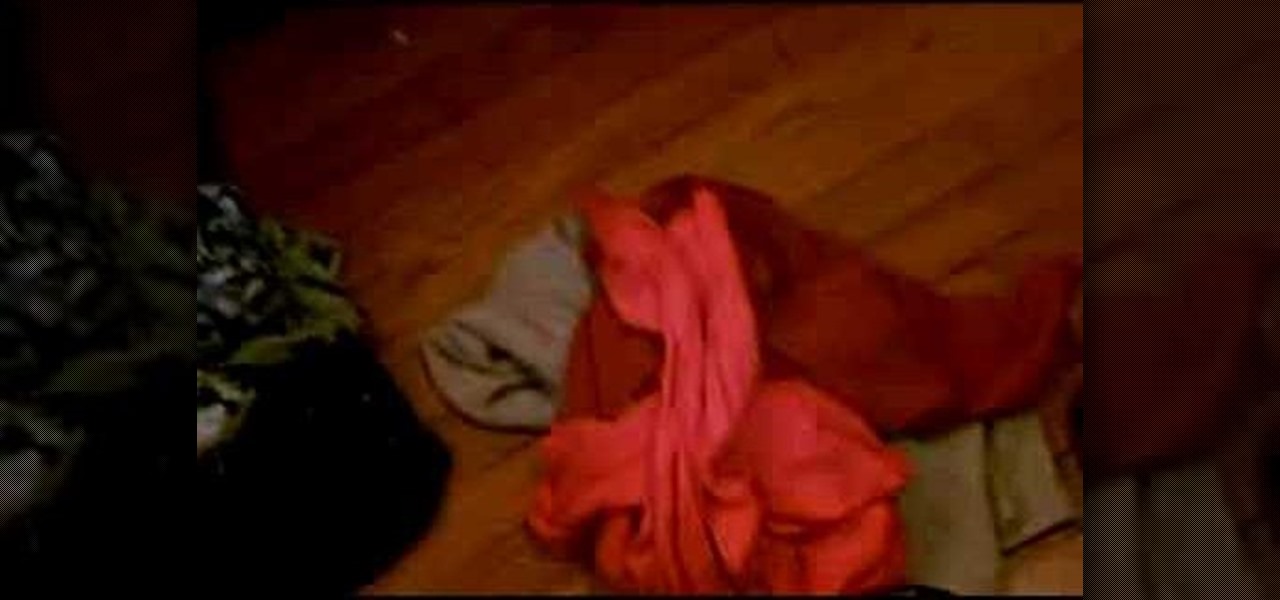
This video weaving tutorial describes the creative process by which materials are decided upon and how to sequence the fabrics together into the rug. Naalbinding or toothbrush rug making recycles wasted clothes, plastic bags, hosiery, and time into beautiful durable rugs. Watch this instructional video and learn how to plan out and organize the fabrics and materials for toothbrush rug weaving.
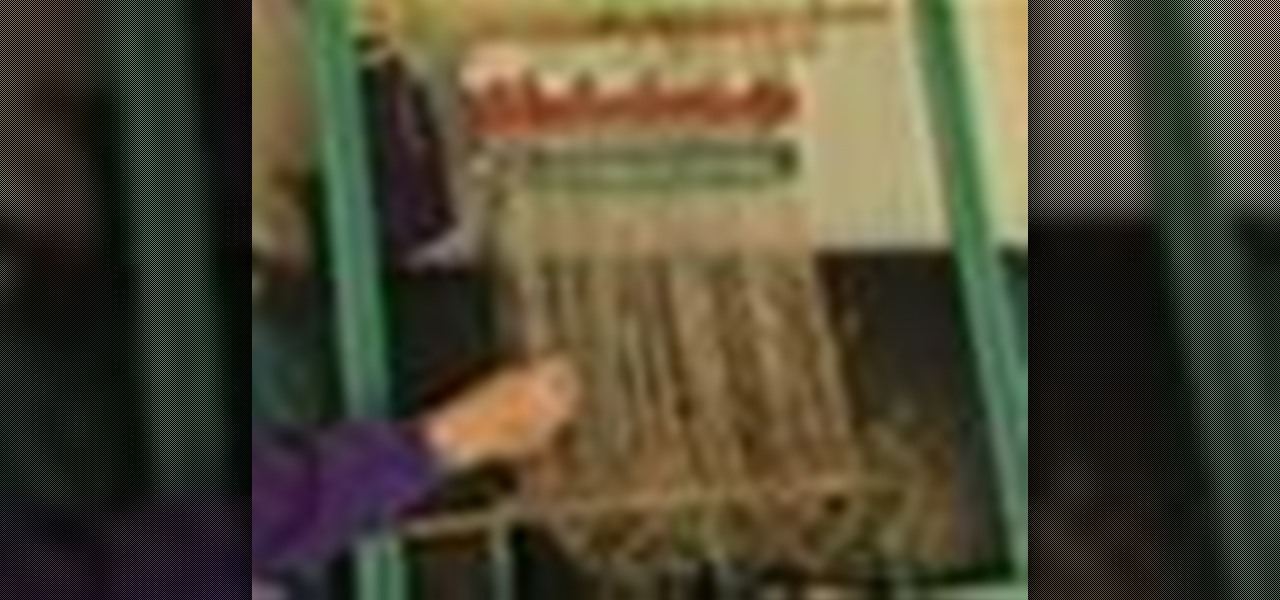
Get crafty with frame looms, rug patterns, and weaving. Learn about rug weaving and how to weave with a frame loom in this free video.
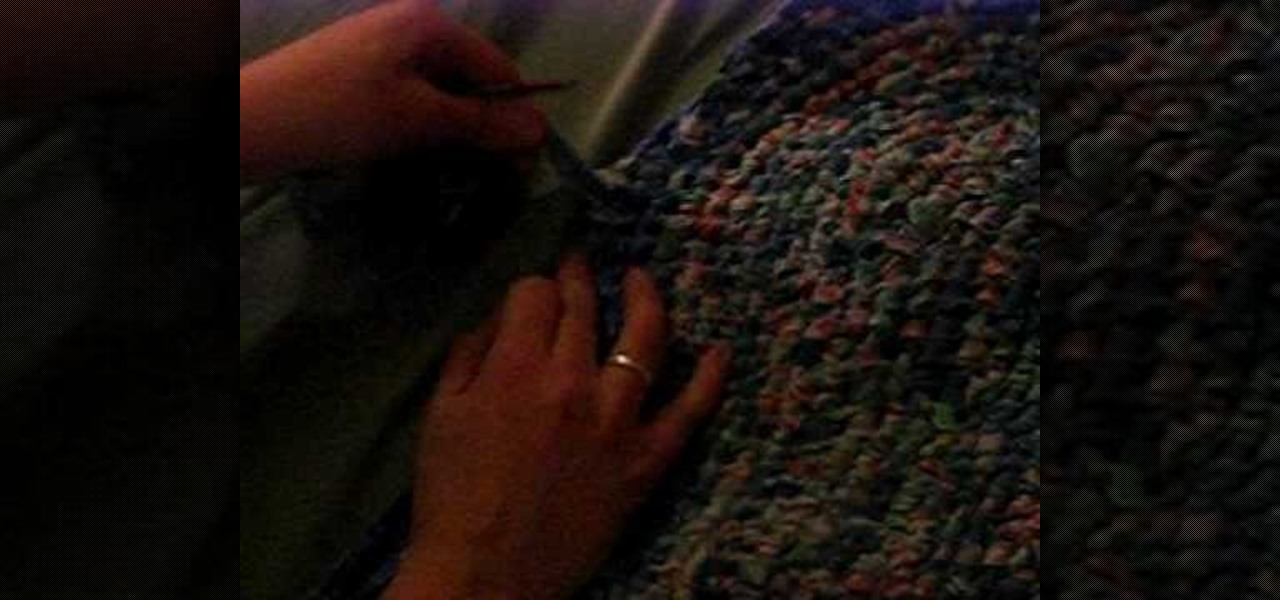
Rag rugs were commonly made in households up to the middle of the 20th century by using odd scraps of fabric on a background of old sacking. Begin making rag rug with two ribbons tied in a knot. Attach a rug tool to the left strand. You can use a traditional latch hook, needle punch, or substitute tool. For the first row, repeat a simple process of tying knots. Don't tie them too tight, as you must thread the latch hook through each knot again to link the strings of knots. This video provides...

Starting a toothbrush rug can be the most difficult part of the entire weaving process. The technique demonstrated is a way to start weaving a toothbrush rug using a half hitch knot. Watch this video weaving tutorial and learn how to start a toothbrush rug using half hitch knots.
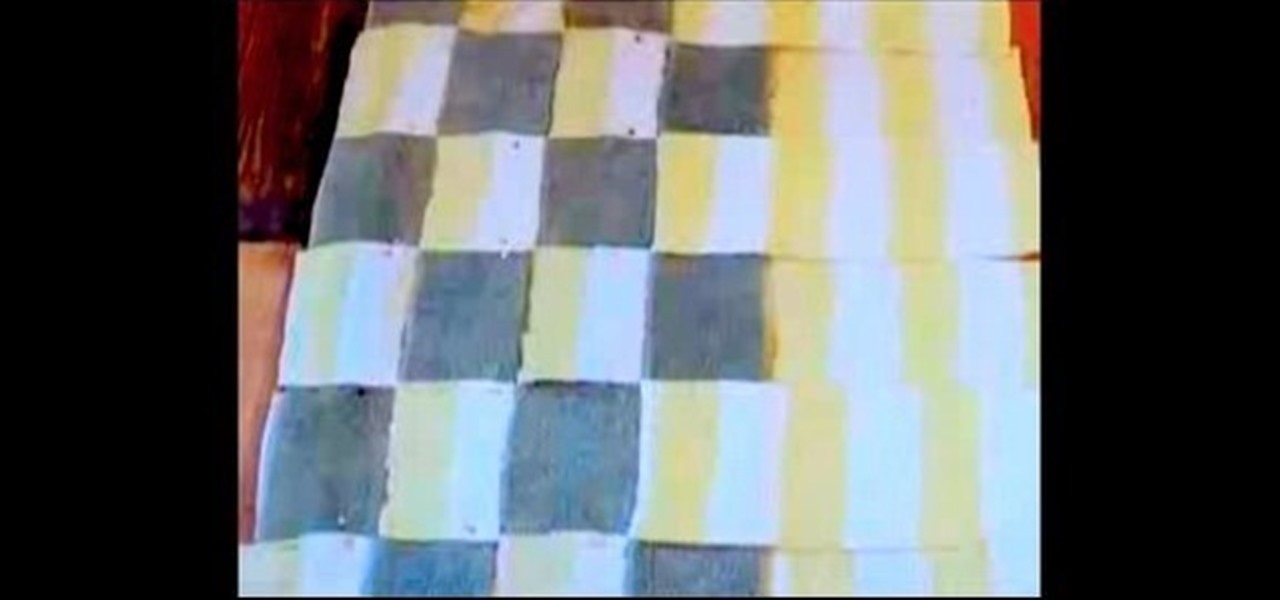
Create a lovelier looking bathroom with a DIY lesson. Learn from Meg as she makes a bath mat out of old towels and goes 20,000 Leagues Under the Sea! Learn how to weave towels from an eco-friendly quick tip that shows you how to make a homemade cleaning supply. You can thank Threadbanger for this one.
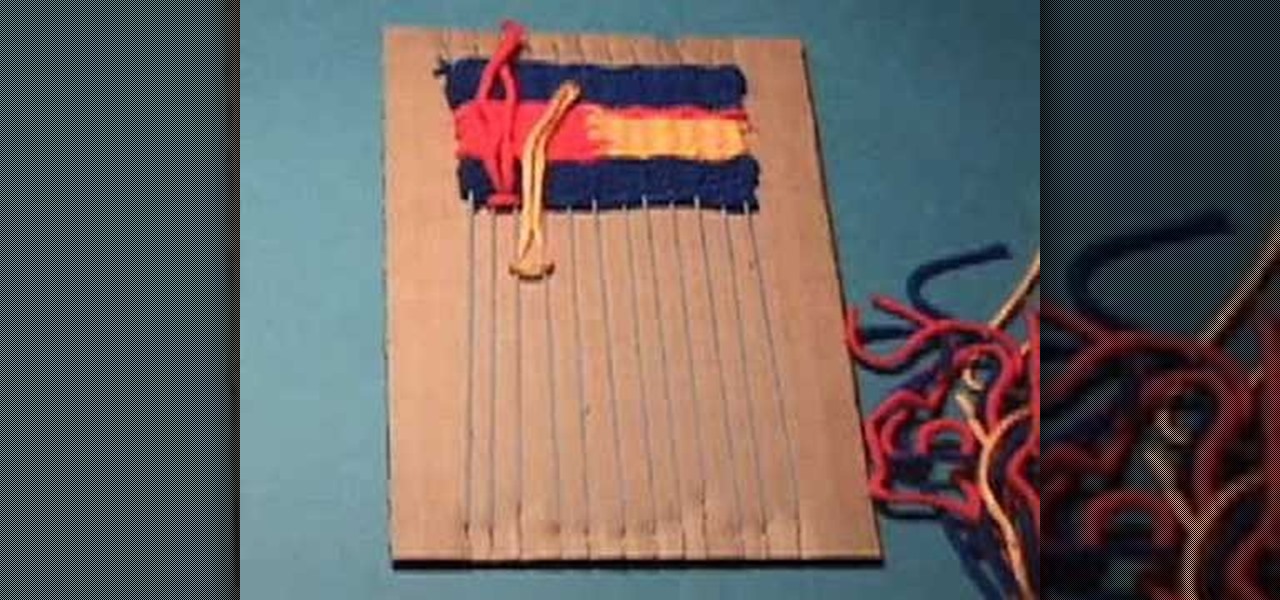
Learn about the basics of weaving with this stop motion weaving tutorial video. Several different weaving and knot techniques are demonstrated, even showing common mistakes in the weaving process. Watch and learn a simple technique for weaving on a cardboard loom.
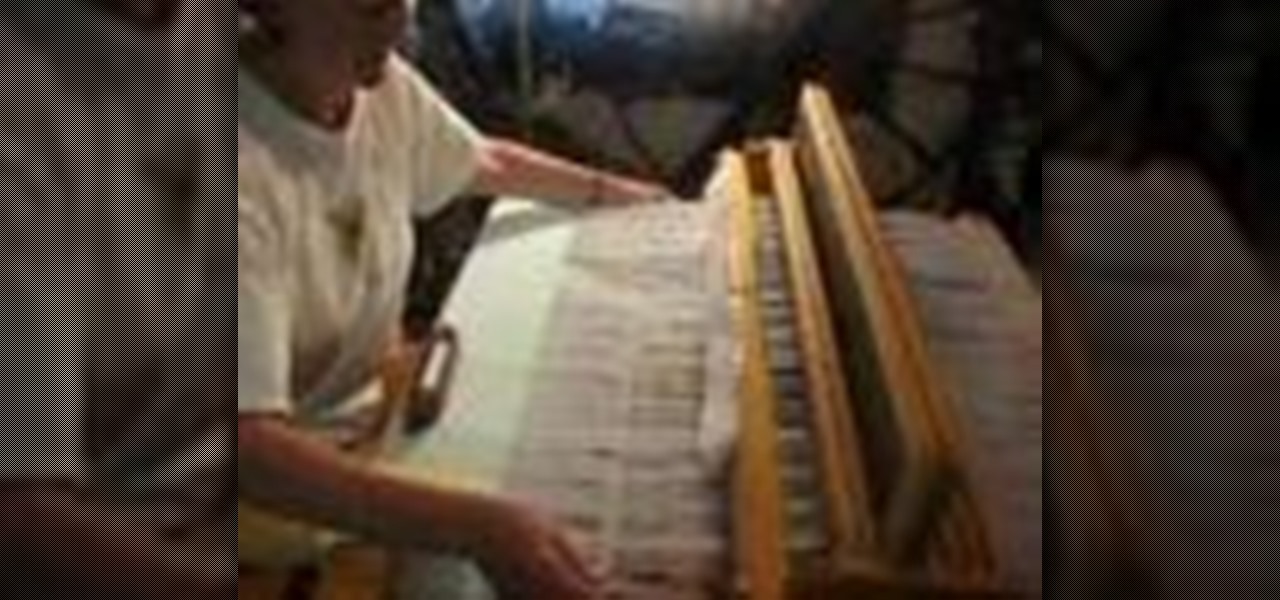
Watch this weaving demonstrationi video to learn how to weave an overshot coverlet on a Jack loom. Beginning steps for weaving on the Jack Loom:
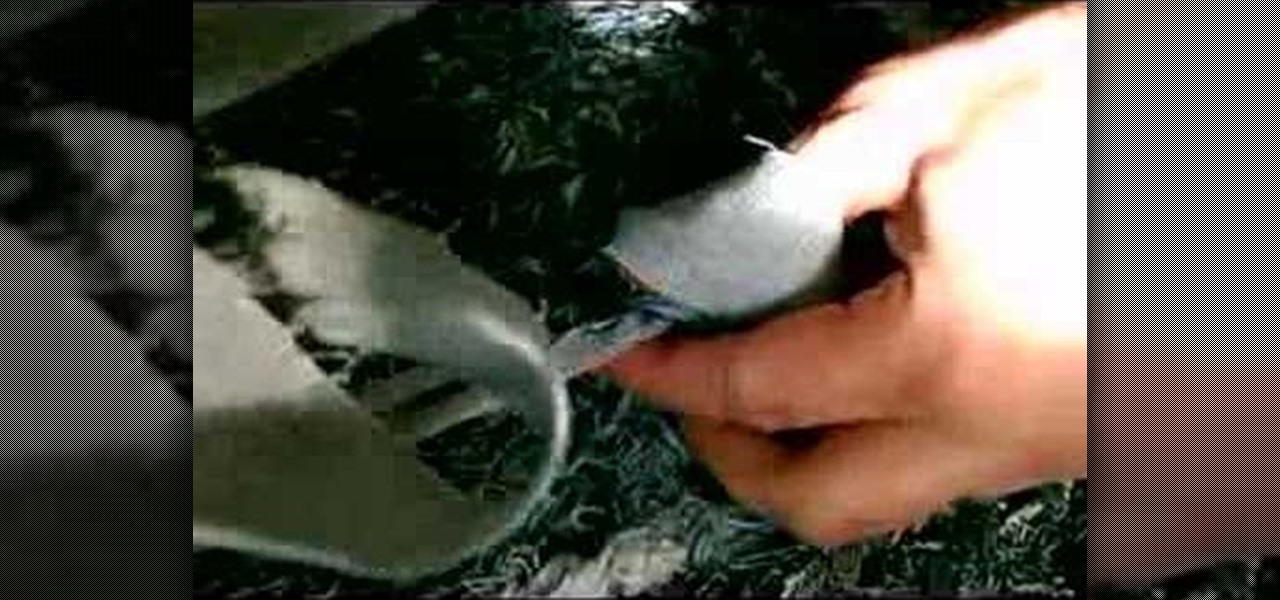
Though rag rugs are durable and are known to last decades, sometimes due to a weak fabric, a thin strip, loose stitching, or canine chewing, holes and weak spots develop. Fortunately, these holes are easy to fix. All you need is a strip of fabric in a similar color. Watch this video weaving tutorial and learn how to mend a rag rug with a strip of cloth.
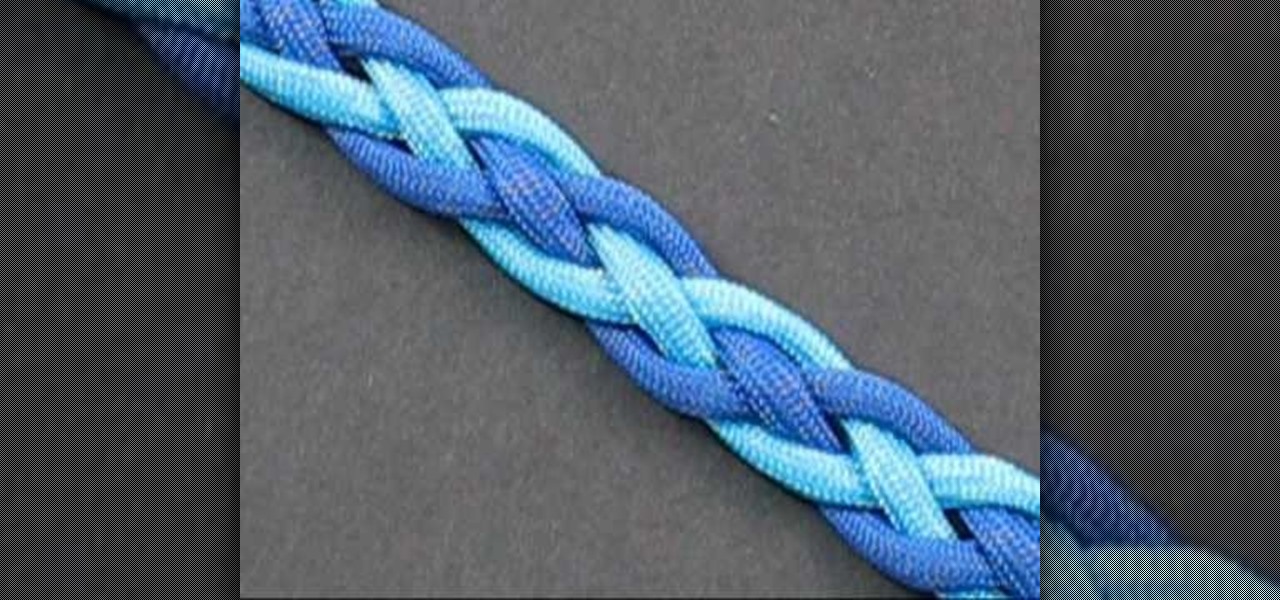
The great thing about weaving, is not only can you make something that is fun to look at, but can be used in certain situations. This next tutorial is going to show you how to tie a two color snake weave. The weave is basically a celtic knot that is perfect to use as bracelets and straps. This weave is different from an original snake weave in that it adds something extra and can't wrap around itself. So check out the tutorial and good luck!

Watch this instructional weaving video to begin weaving on an inkle loom. Inkle weaving is a type of weaving where the weave is created by manually raising or lowering the warp yarns on a loom known as an inkle loom. Inkle weaving was brought to the United States in the 1930s. We know that the inkle loom predates the Shakespearian era, due to a reference to the inkle loom in Love's Labour's Lost. Inkle weaving is usually used for narrow work such as trims, straps and belts.
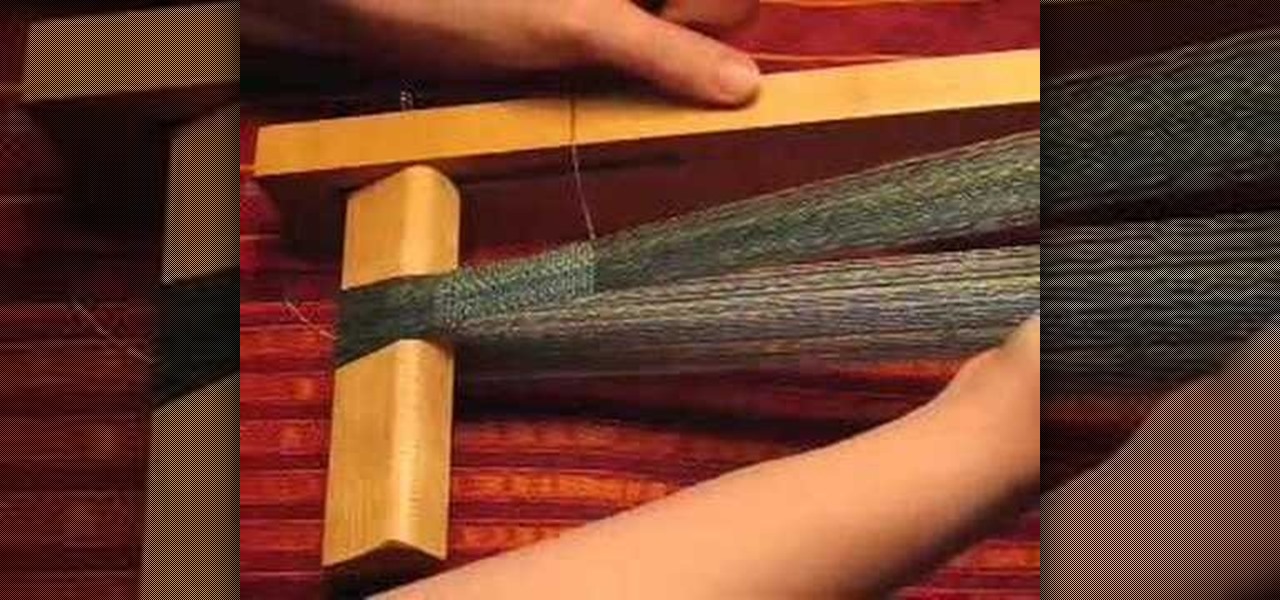
So you're weaving a narrow band. How do you keep the edges nice and straight? Here's a technique that combines weft insertion, beat, and selvedge control. It's useful for inkle weaving, tabletweaving, rigid heddle weaving, backstrap weaving... or even weaving small bands on a big loom. Try it!
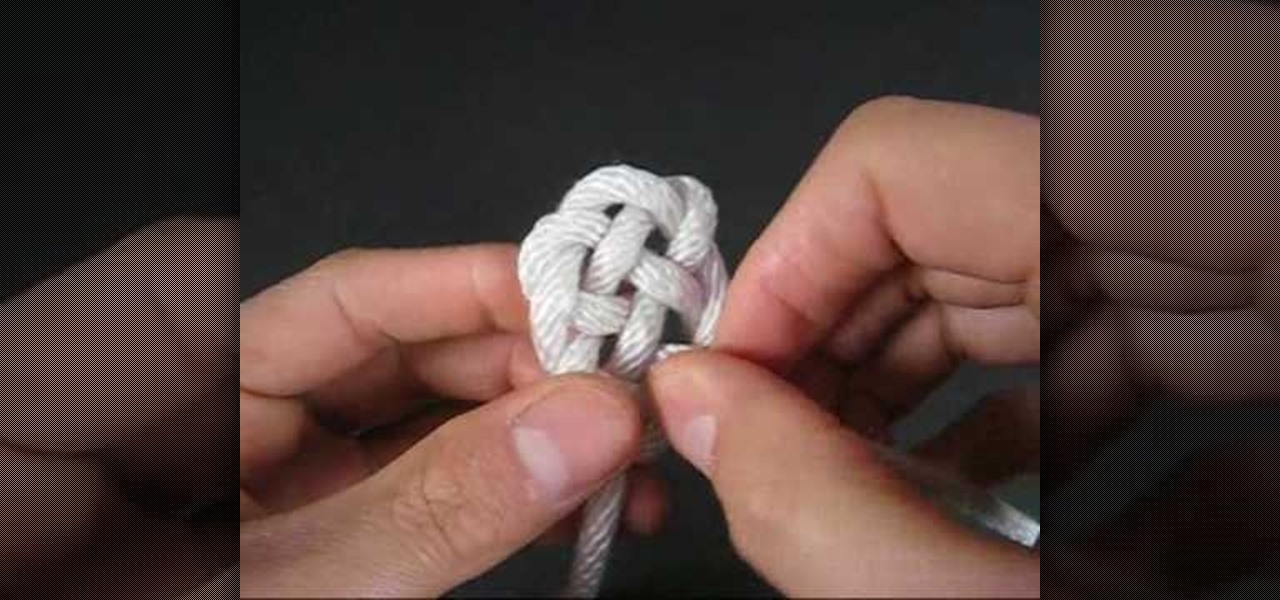
In order to create a Key Hole Weave Knot, you will need: rope or twine. Begin by making a loop. Then, make a second loop next to it. Cross the loops, placing one on top of the other. Weave a free end through the loops. Next, weave the other free end through the loop. Pull them both through carefully. Next, you'll need to shape your knot, by making sure that the spacing is even.
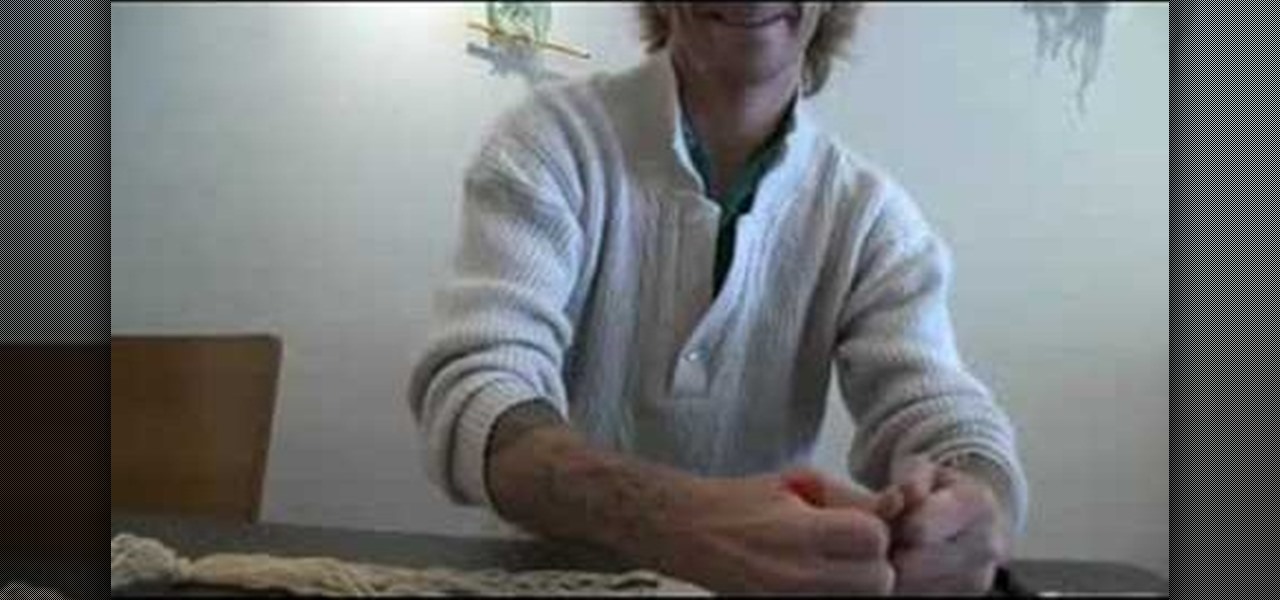
Learn how to weave with Travis Meinolf who's featured on the cover of CRAFT: 08, the Weaving issue. He explains how to make weaving loom out of 3 X 5" notecards, yarn and a pencil. After assembling the basic structure of the loom, create tension in the loom by attaching one end of the loom to the wall and the other end to one's waist. With a shuttle, it is possible to begin making creative woven fabrics in a matter of minutes.
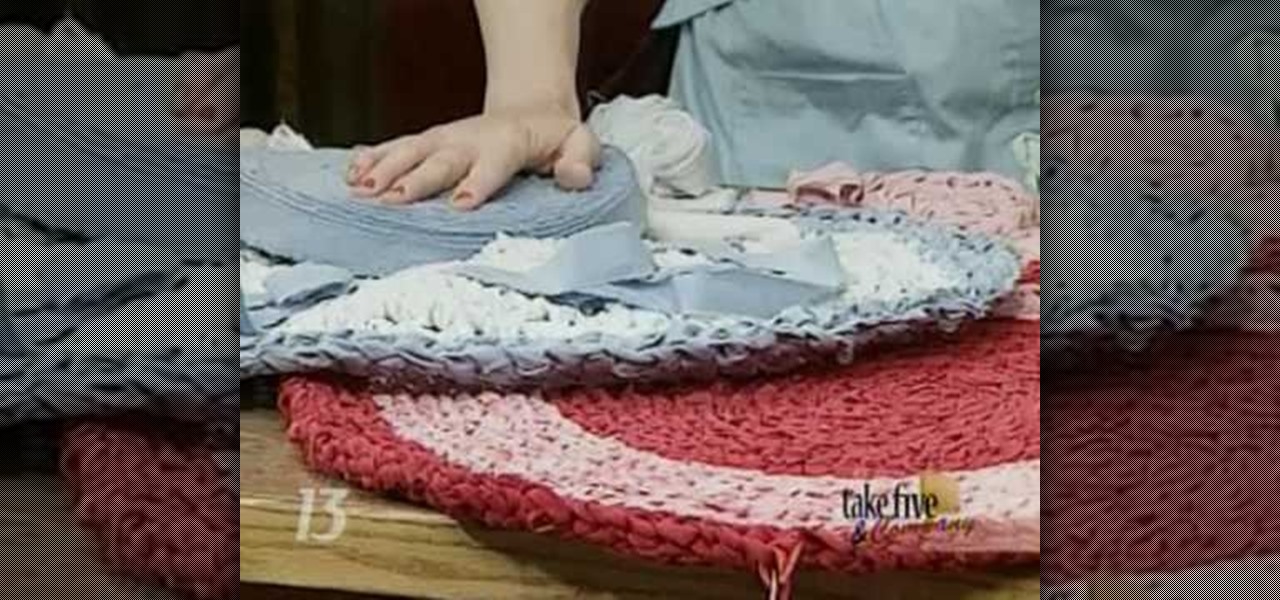
Recycle your old bedclothes and obtain a fashionable rag rug in the process! Learn to make a rag rugs from old linens with this green crafter's guide. While this tutorial is geared toward people already posessing some knowledge of crocheting, beginners should be able to follow along provided they understand the bare essentials. For more information, and to get started making your own rag rugs, watch this free video crochet lesson.
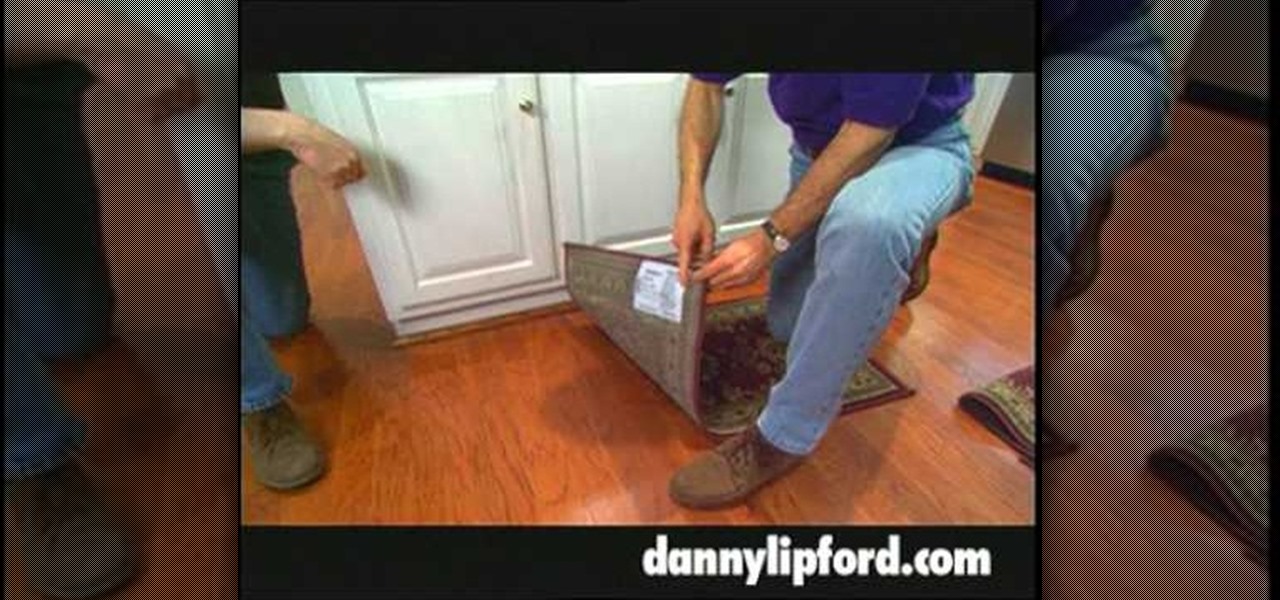
Tired of slipping and tripping on that pesky area rug? You can make any rug in your house non slip with just a tube of silicone adhesive. Watch this how to video and find out how to secure the rugs in your house.

A potholder loom is a square-shaped loom that allows you to weave thickly woven fabric, but often if you're not careful you can create gaps in between the yarn. But that problem will be completely solved in this video, in which you'll learn how to bypass the gaps. The result will be a basket weave-type fabric that's thick yet lightweight enough for summer scarves.
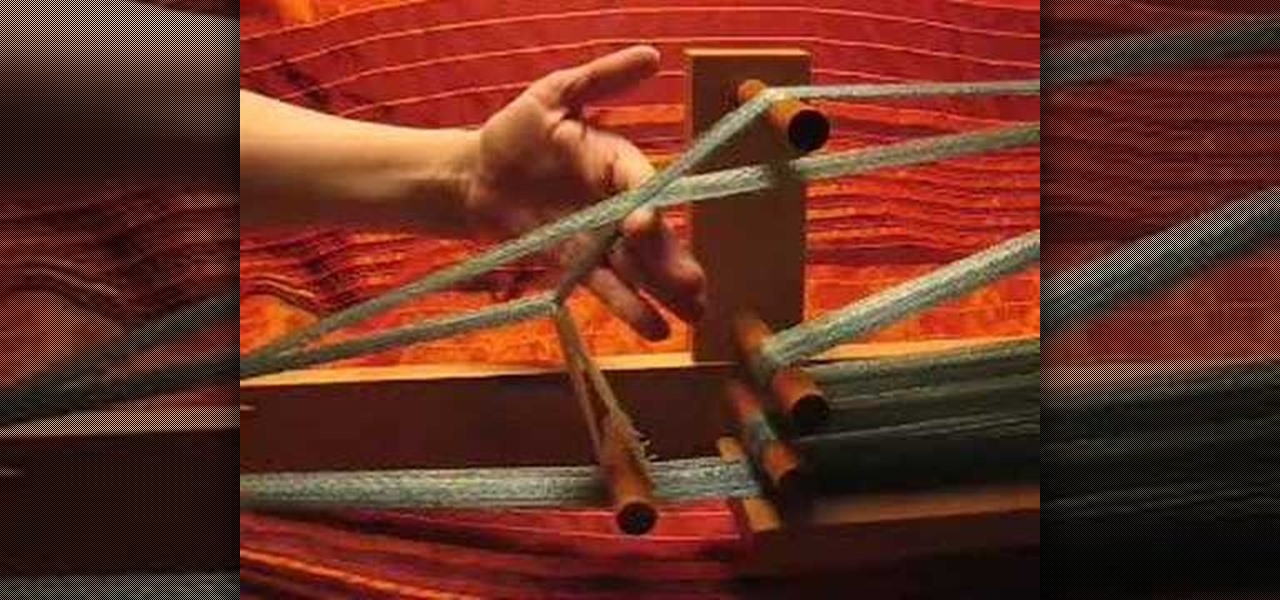
This intro to inkle weaving focusses on the the inkle loom. The weaving area is one one end, in between the weaver and the heddles. For centuries, inkle weavers have used looms similar to this to produce narrow tapes, ribbons and bands. Inkle looms are thought to have their origins in Britain.
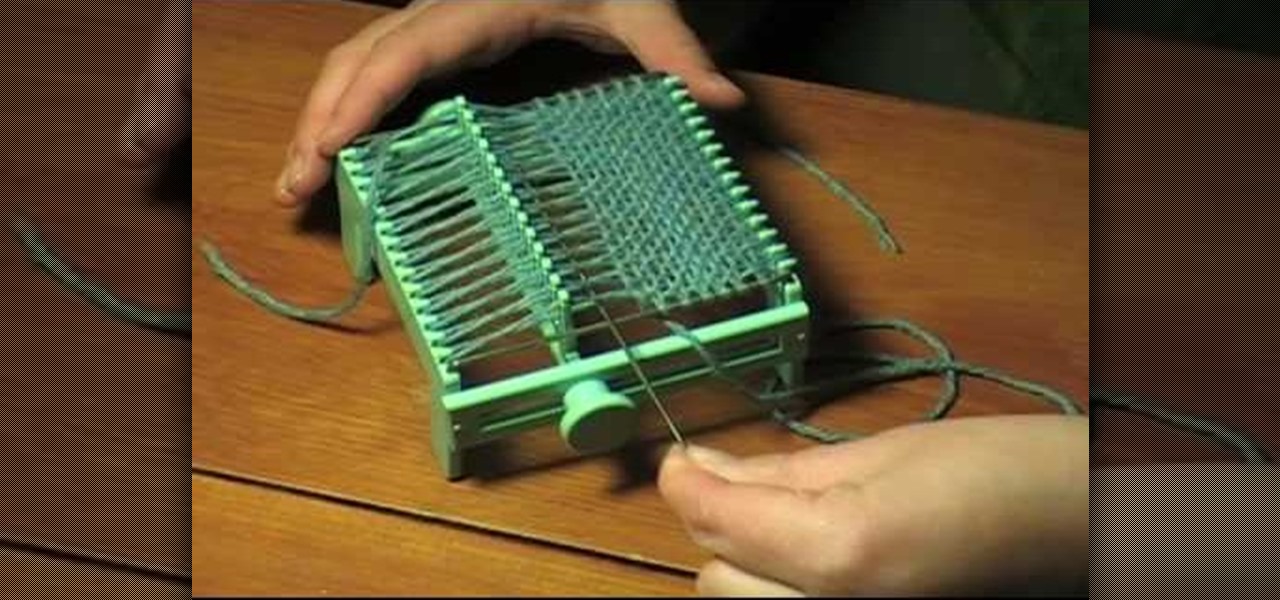
Learn how to make a four inch square with a Wonder Weave Loom. This is a specific small vintage loom. However, the warp winding and weaving techniques demonstrated can lend themselves to larger scale looms. Hopefully this weaving tutorial is helpful for beginning weavers looking to understand the warp and weft.
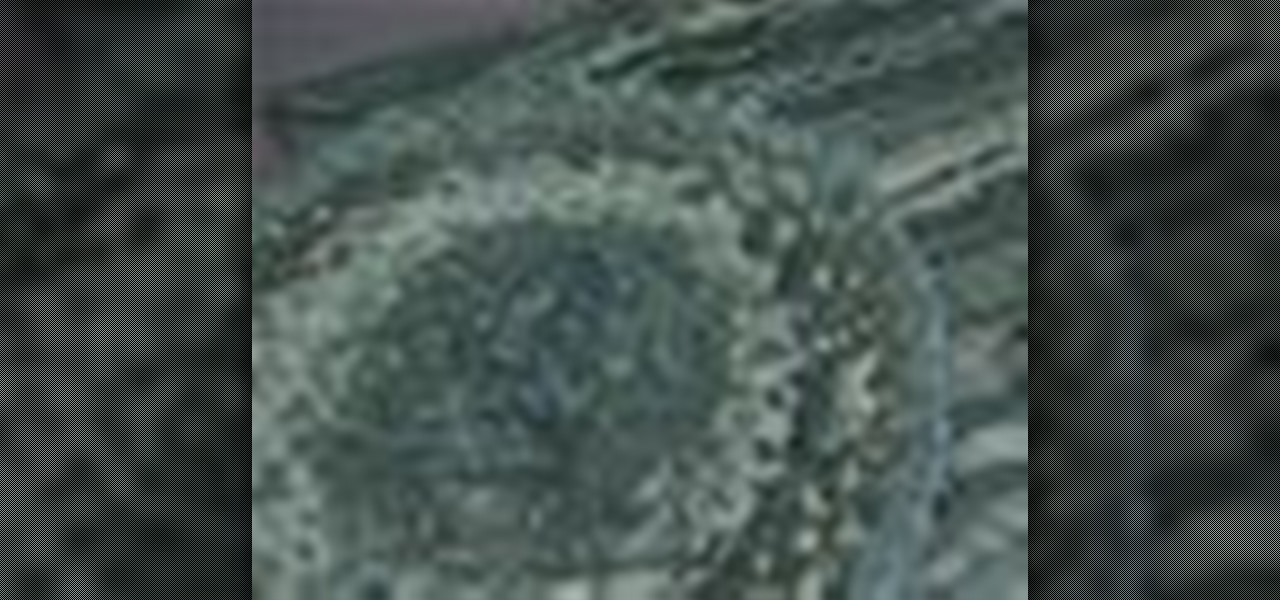
Do you have an old pair of jeans that you don’t want to throw away but aren’t sure what to do with? Learn how to make area rugs from recycled jeans in this free home decor video series.
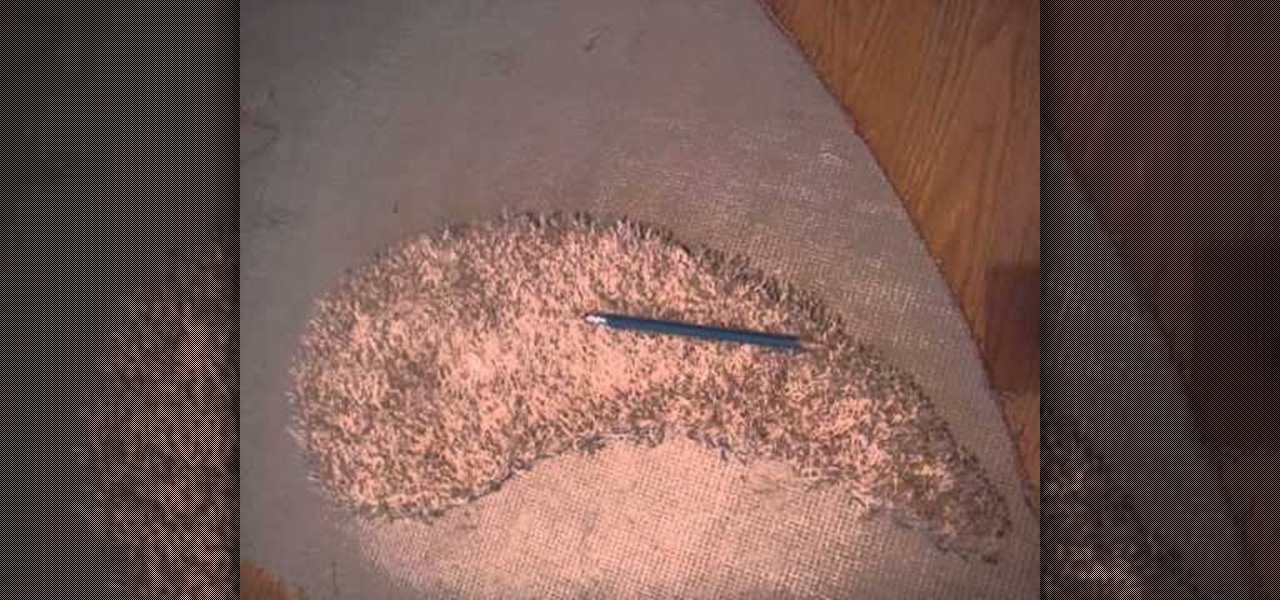
You can make a classy, desginer style rug out of some scrap pieces of carpet. If you plan to create a dyed rug, make sure the carpet will take the dye before you start this project. Use any design you want!

We enjoy the fuzzy wool yarns at craft stores as much as any other knitter, but did you know that yarn doesn't have to be made from wool or any of the typical yarn fibers? In fact, you can make your own yarn at home. Don't worry, we're not going to put you in front of a weaving machine.
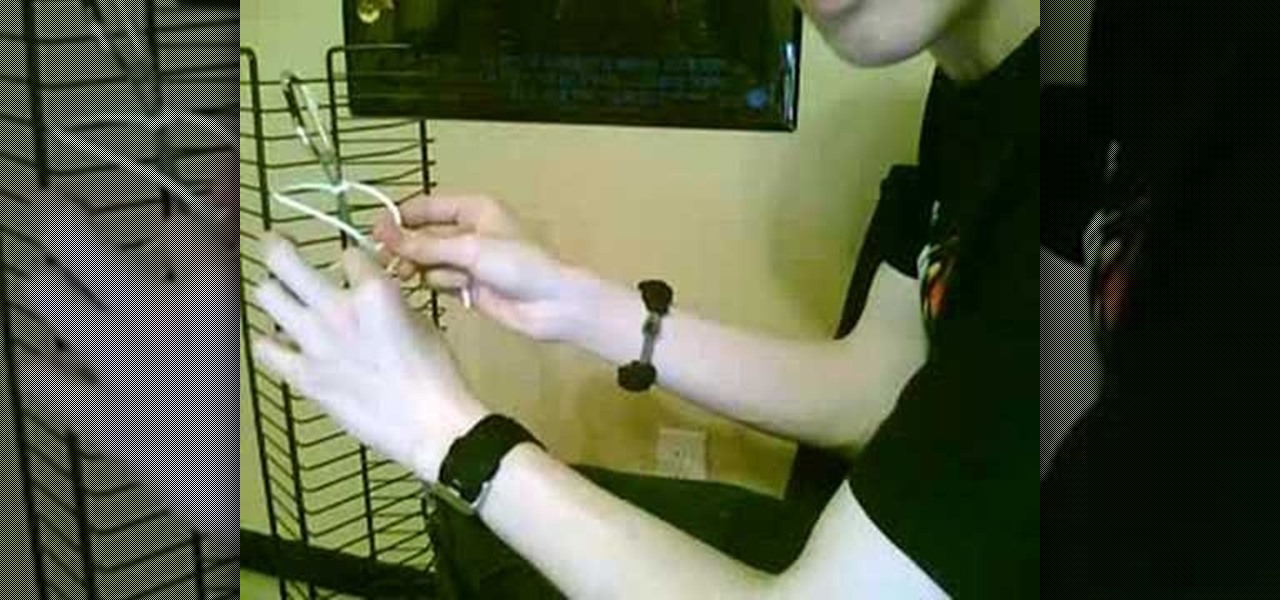
In this tutorial, we learn how to weave a (king) cobra stitch for paracord bracelets. First, take a 10 inch cord, fold it in half, then tie a knot at the end of it. Put this on a holder, then tie another chord on the bottom of it and hold it with your knees for tension. Next, start to weave the other color chord around it by going in and out of the two sides of the first chord. Continue to do this for the entire bracelet, then knot it off at the end to finish. You can add your favorite colors...
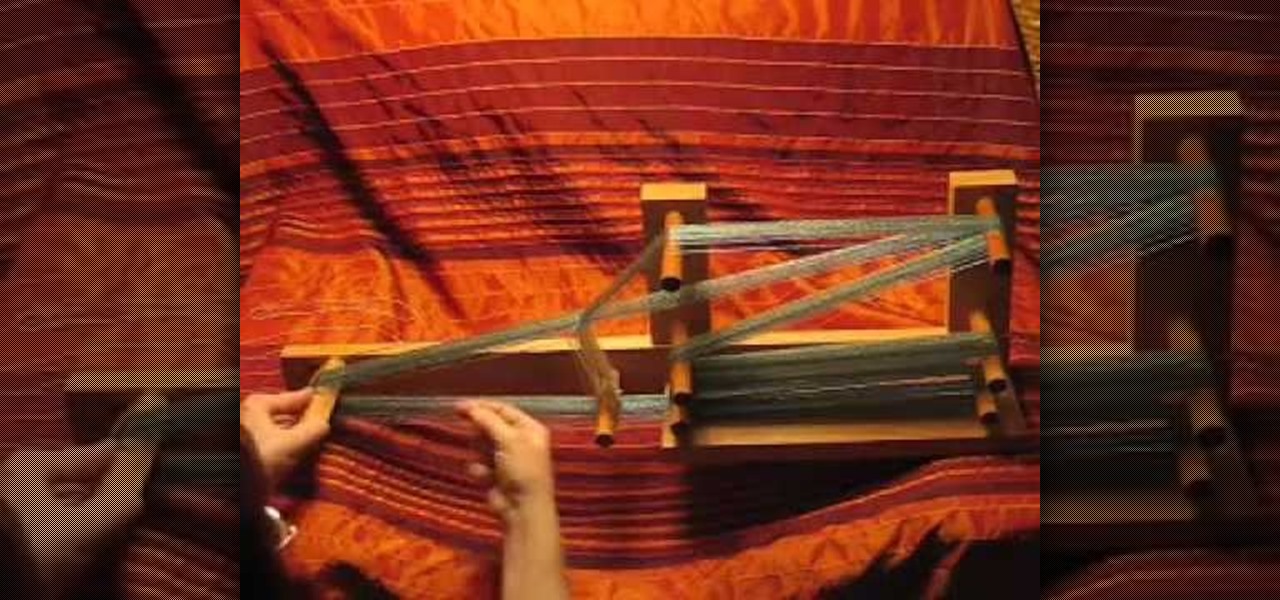
With all those pegs sticking out, inkle looms can look intimidating -- but in truth they're both easy to warp and easy to use. To get the loom ready for weaving, you alternate threadings: One thread goes through a heddle, the next one doesn't. The preparation is easy and the weaving that follows is all about how well you can use this tool.
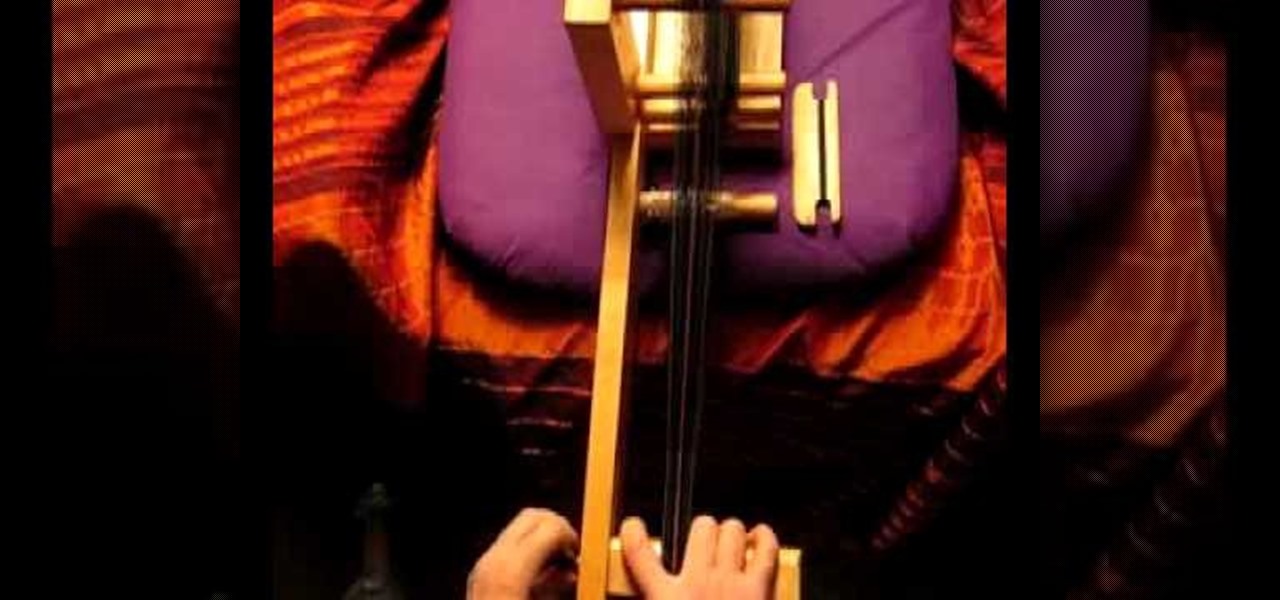
When the shuttle feels cramped as you pass the weft through your weaving, it's clearly time to advance the warp. This video shows the steps involved in advancing the warp on an inkle loom: loosen the tension, move the warp around the pegs, reposition the heddles. At the end, check the position of the warp threads on the pegs and re-tighten the warp.

This series shows how to make a miniature rug on the sewing machine with thread painting which mimics Russian needlepunch. Variegated threads give a lovely blended look similar to wool hooked rugs. The threads used are YLI cotton machine quilting threads.
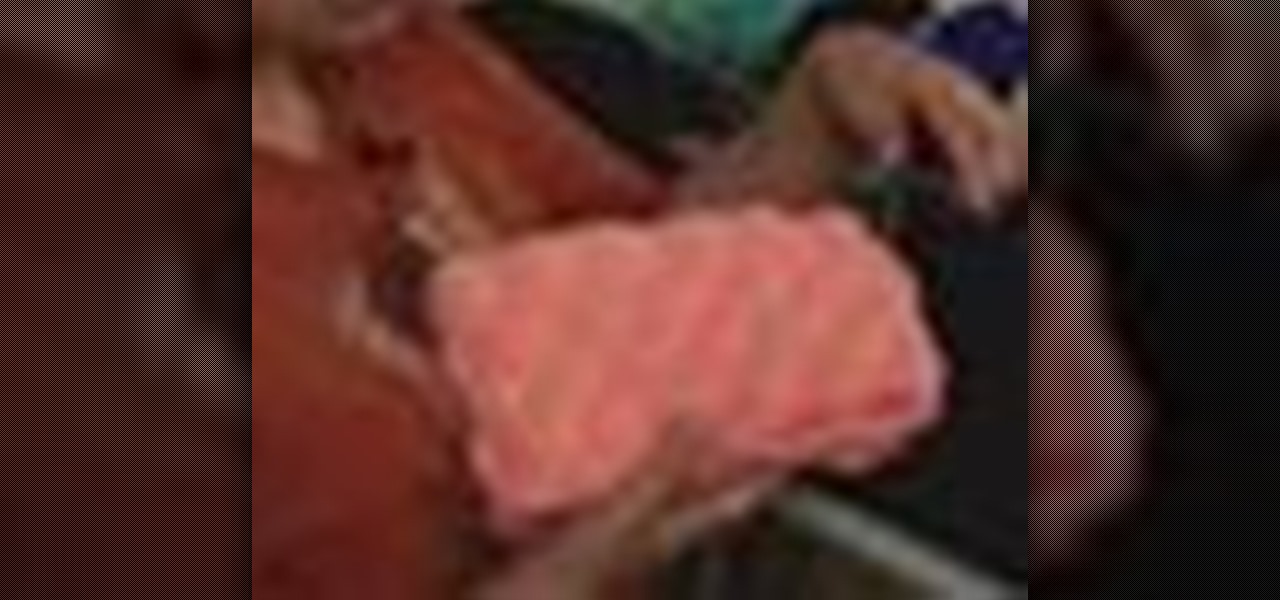
Crochet a new pattern for all of your crochet projects! Learn how to crochet a basket weave pattern in this free crocheting lesson from an experienced crochet artist.

Learn how to ride a motorcycle by performing the off-set cone weave. The off-set cone weave is one of the skills you will need to perform on a bike to pass the Alternate M.O.S.T. test. The tutorial shows you the layout for the off-set cone weave test and how to perform it on a motorcycle.

A sew in weave can look great and give your hair a totally new look. This tutorial video series will teach you how to make sure your sew in weave looks great.

Design, prepare and embroider any image onto fabric using a sewing machine with this video on how to embroider a cheery rug.
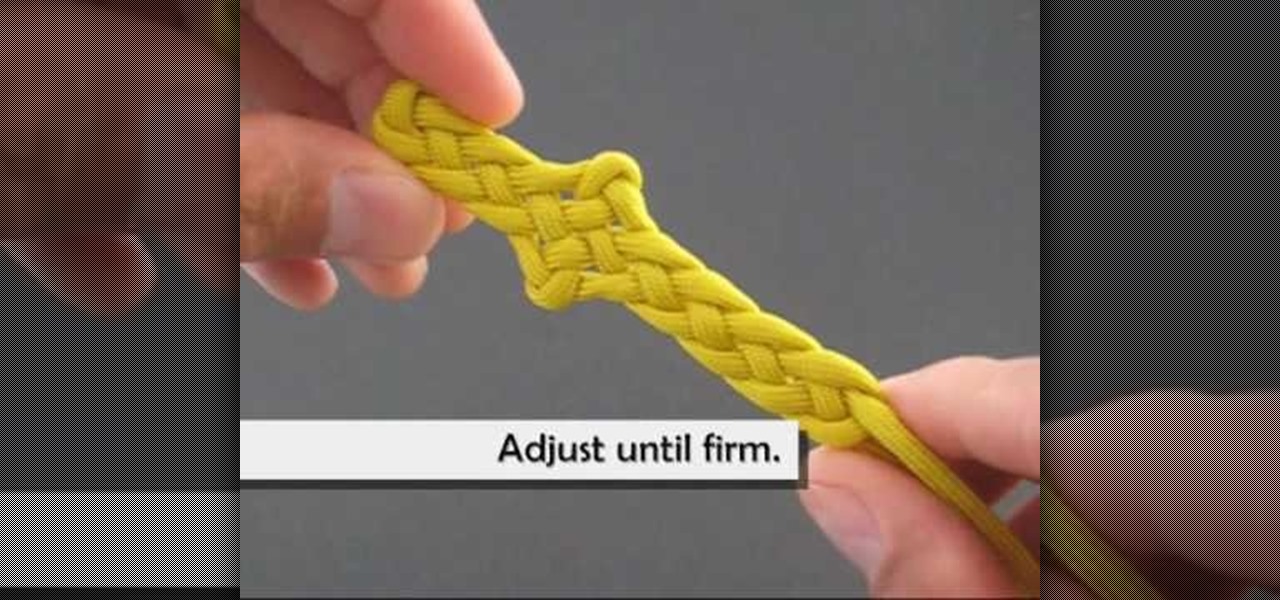
When you think of a dagger, you imagine a weapon that is small in stature, but useful for thrusting and cutting things. This next tutorial is going to show you something that is incapable of performing those tasks.

T-shirt rugs and placements exactly like the one presented in this tutorial sell for upwards of $150 at home decorating stores, so why not save money and reduce your consumption by simply repurposing old T-shirts yourself?

Watch this instructional poi video tutorial to learn how to spin the Three Beat Weave Part. This is an great next step for those who have mastered the Two Beat Weave. The three beat weave is an essential component of your poi twirling move-base. It'll be used a lot, so you should learn how to do it well. Here is a very comprehensive tutorial on how to do so.

In this bead weaving video tutorial learn step-by-step how to make the very versatile Right Angle Weave for bracelets, necklaces and earrings. The right angle weave creates row upon row of beads, up to any thickness or length desired. Learn how to stitch the right angle bead weave by watching this jewelry-making video.
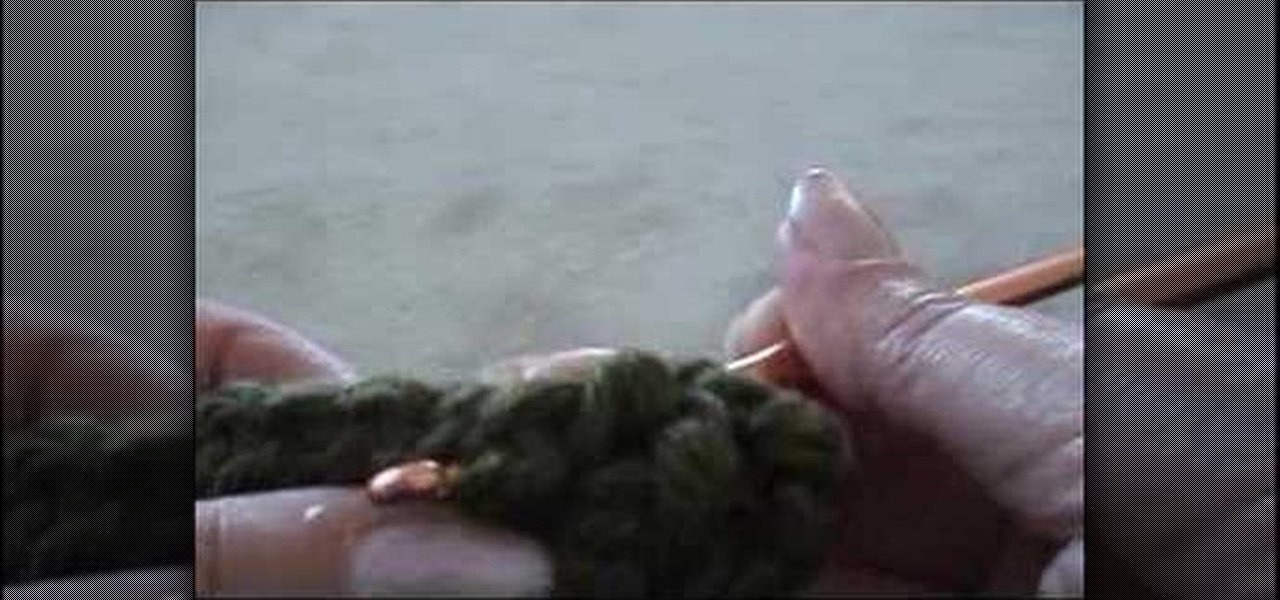
The basket weave stitch creates a dense knit that takes a lot of yarn but will be very warm or protective. Learn how to crochet the basket weave stitch by watching and following along with this intermediate video handicraft tutorial.

Check out this video to learn how to gather basket making materials with tips from a how to tutorial. This is for weaving baskets with willow.